Peruvian Drinks: Basic Overview
Common Ingredients
Common Preparing Methods
Key Taste
Drinking Etiquette
Culinary Festivals
Influence and Fusion
Types of Peruvian Drinks
-
Alcoholic Beverages
Popular alcoholic beverages in Peru include beers, spirits, cocktails, and brandy.
These beverages mostly came from Spanish or indigenous cuisines.
Peruvian alcoholic beverages are made from a wide range of ingredients, such as sugarcane, fruits, herbs, and spices.
-
Non-alcoholic Beverages
Soft drinks, corn-based beverages, and herbal infusions account for a large proportion of Peru’s non-alcoholic beverages.
These beverages are either chilled or served hot to combat cold weather.
Many Peruvian non-alcoholic drinks are made creamy or spicy with milk and spices.
Peruvian beverages are drinks that are widely prepared and consumed in Peru, a country in South America. Many of them are indigenous inventions originating in the Inca days, while others were created or inspired by outside influences, especially by Spanish drinks .
Both alcoholic and nonalcoholic beverages in Peru make good use of the country’s diverse plants, herbs, and spices. From ordinary staples like corn and grapes to exotic ingredients like coca leaves and maca roots, they all result in delicious Peruvian beverages.
Interestingly, many famous Peruvian drinks are also a common sight in other South American countries, and vice versa. In particular, Chilean refreshments overlap with Peruvian ones in many options.
Continue reading to discover the basic features of the traditional drinking culture in Peru and the global popularity of local drink offerings. Next, I will provide you with information on the best 15 Peruvian beverages as well as the country’s general drink landscape.
18 Most Popular Peruvian Beverages with Filters
18 wonderful beverages from Peru are waiting to meet you. I have included interactive filters to help you navigate this content more easily in terms of popularity, ingredients, tastes, and preparation methods.
There are additional filters based on traditional, national, exotic, and street beverage labels for ease of reference.
Pisco
- Alcoholic
- National
- Traditional
Pisco is a type of Peruvian brandy made from distilled grape juice and named after its home region. It was created in the 16th century as a substitute for a Spanish brandy called orujo.
In Peru, pisco is often based on the juice of eight kinds of Peruvian grapes. Still, this brandy comes in many varieties, depending on the grapes and the production methods.
Interestingly, pisco must be aged in vessels that prevent alteration in flavor, such as stainless steel or glass, and oak barrels are strongly prohibited. With a clear, potent taste and a smooth texture, pisco is a versatile ingredient in many cocktails, most notably the pisco sour.
Pisco goes well with many traditional Peruvian dishes, especially seafood-based ones like ceviche and tiradito. In 1999, the fourth Sunday of July was designated the annual Pisco Day in Peru.
Outside Peru, pisco is also well-known in Chile and Spain.
Pisco Sour
- Alcoholic
- National
Pisco sour is an iconic Peruvian cocktail created in the early 1920s by Victor Vaughn Morris, an American bartender based in Lima. Still, many Chileans claim that it was actually a Chilean invention.
Pisco sour combines pisco, lime juice, simple syrup, egg whites, and Angostura bitters into a frothy beverage with a sweet, tart, and smooth taste. In Peru, the first Saturday of February is celebrated as Pisco Sour Day.
Pisco sour is a delightful beverage to serve with grilled meat and appetizers, like anticuchos and lomo saltado. Don Alfredo is a Peruvian cocktail similar to pisco sour, but it replaces simple syrup, egg whites, and Angostura bitters with elderflower liqueur and club soda.
Beer
- Alcoholic
- Traditional
Beer is the most popular alcoholic beverage in Peru. While ancient Inca people brewed beer from corn and local grains at least a millennium ago, modern Peruvians prefer lager, pilsner, and dark lager for both special and casual occasions.
In Peru, the most popular beer brands are Cusqueña, Pilsen Callao, Cristal, and Arequipena. To drink beer, Peruvians gather in a circle and pass a chilled bottle of beer and a small glass or cup around; the whole group takes turns drinking from the same glass.
With a light and refreshing flavor, Peruvian beer pairs best with grilled or savory dishes, especially seafood-based ones. My pairing suggestions are ceviche and lomo saltado.
Chilcano
- Alcoholic
- Traditional
Chilcano is a famous Peruvian cocktail named after a traditional fish soup. The cocktail is so popular that the term “chilcano” is almost always associated with this refreshing beverage.
Originating as a simpler alternative to the pisco sour, chilcano features pisco, ginger ale, lime juice, ice, and sometimes a dash of bitters or lime garnish. This cocktail is the go-to drink for Peruvians when they want something lighter and more balanced than pisco sour.
Many people believe that chilcano is a great hangover cure. Pair it with savory appetizers or dishes, such as causa limeñ and arroz con pollo.
Inca Kola
- Non-Alcoholic
- National
Inca Kola, also known as “the Golden Kola,” is a famous fruity soft drink familiar to every Peruvian. It was invented by Joseph Robinson Lindley, a British immigrant, in 1935.
Inca Kola boasts a vibrant yellow color and a sweet, mellow taste similar to bubblegum or cream soda. Lemon verbena, an aromatic plant native to South America, is responsible for this wonderful flavor profile.
With a name invoking Peru’s history and heritage, Inca Kola is a source of national pride. Outside Peru, this soft drink is also popular in a few Latin American countries.
The sweet flavor of Inca Kola is a perfect match for salty and savory dishes like pollo a la brasa and salchipapa.
Chicha Morada
- Non-Alcoholic
- Street Beverages
- Traditional
Chicha morada is a traditional Peruvian purple corn beverage that dates back to the Inca times. It is prepared by boiling purple corn (maiz morado) and pineapple rinds with sugar and spices in water.
This Peruvian corn beverage is often served cold, delivering a sweet taste and a cooling sensation. Many casual Peruvian dishes can accompany it, namely arroz con pato and seco de cabrito.
Chicha de Jora
- Alcoholic
- Traditional
Chicha de jora is a classic Peruvian beer-like beverage brewed from jora, a yellow corn variety. It is one of the most popular chicha, a large category of alcoholic and nonalcoholic beverages often made with corn in Latin America.
The preparation of chicha de jora involves boiling the corn with water for several hours and allowing it to ferment for days to weeks in clay pots. The beer has a cloudy yellow appearance with a sour taste whose strength depends on the fermentation length.
Chicha de jora is a must-have drink for many Peruvian festivals and religious ceremonies. Traditional dishes are the natural delights to serve with this beverage, especially those with savory and robust flavors like cuy and rocoto relleno.
Chicha de frutilla, or frutillada for short, is a sweeter variation of chicha de jora. Besides the fermented corn base, this beverage has the addition of strawberries and sugar to make it sweeter and more palatable.
Mate de Coca
- Non-Alcoholic
- Exotic
- Traditional
Mate de coca, known as coca tea in English, is a popular Peruvian infusion made by steeping coca leaves in hot water. The resulting beverage has a yellowish color and a mildly bitter flavor comparable to green tea.
While coca tea isn’t exactly legal in many countries due to the connection between cocaine and coca leaves, it is a beloved herbal drink in many Andean states. Locals believe that it helps alleviate altitude sickness, hunger, and fatigue.
Mate de coca is an ideal match for light dishes, such as butifarra, mazamorra morada, and trucha frita. Dating back to indigenous cultures, this herbal tea is an exciting feature of local drinks.
Emoliente
- Non-Alcoholic
- Street Beverages
- Traditional
Emoliente is a well-known herbal tea and street beverage in Peru. Locals prepare it by boiling barley with many herbs and seeds, including flaxseed, alfalfa sprouts, plantain leaves, and horsetail.
Thanks to the diverse ingredients, emoliente comes in many varieties; each street vendor has their own secret formula. Nevertheless, all variations offer a thick, sweet beverage with warming and soothing properties.
Hot emoliente is a wonderful beverage to enjoy on cold days or when you’re suffering from cold symptoms. Feel free to enjoy it with savory comfort food like tamales, butifarra, and causa limeña for extra indulgence.
Canelazo
- Alcoholic
- Street Beverages
- Traditional
Canelazo is a popular spiced alcoholic beverage in Peru and many neighboring countries. It is an aromatic drink that warms the body and spirit and provides protection against the chill, especially in the highlands.
Peruvians prepare canelazo with cinnamon-infused hot water, cane sugar (panela), and South American sugar cane spirit (aguardiente). Sometimes, locals replace aguardiente with rum and add fruit juice or more spices to the mix.
Enjoying canelazo during cold weather and festive occasions is nothing short of sheer bliss, and serving it with sweet desserts like mazamorra morada or picarones will improve the experience even further.
El Capitán
- Alcoholic
- Traditional
El Capitán is a sought-after cocktail in Peru. It first appeared in the 1920s, roughly the same time as pisco sour, and shares many similarities with the Manhattan cocktail.
This Peruvian cocktail is made by mixing pisco, sweet vermouth, and Angostura bitters with ice before garnishing with lemon peels, cherries, or olives. The first El Capitán was created for an army captain who insisted on trying a mixture of pisco and sweet vermouth, hence the name.
El Capitán’s elegance makes it a popular choice in Peruvian bars and restaurants, especially as an aperitif or to accompany hearty dishes like lomo saltado or rocoto relleno.
Chicha Sour
- Alcoholic
Chicha sour is a beautiful Peruvian cocktail prepared with pisco, lemon or lime juice, egg whites, syrup, and chicha morada. It is a delightful twist on the traditional pisco sour, incorporating the purple hue of chicha morada.
To make chicha sour, the bartender mixes and shakes the ingredients together, giving the beverage its signature frothy texture. After that, ice will be added and mixed to complete the cocktail.
With a complex mix of sweet, sour, and spicy flavors, chicha sour pairs beautifully with spicy or citrusy dishes like ceviche or tiradito.
Caspiroleta
- Alcoholic
- Traditional
Caspiroleta is a warm, punch-like drink that Peruvians love to consume during the cold winter months. Its main ingredients are milk, eggs, cinnamon, and alcohol, such as rum, aguardiente, or brandy.
Locals usually serve caspiroleta hot with a light dusting of cinnamon or cloves for a spicy kick. People consider this sweet, rich, and creamy beverage the Peruvian version of eggnog.
This warm, spiced Peruvian drink is best enjoyed with sweet desserts like suspiro de limeña or Lucuma ice cream.
Leche de Monja
- Alcoholic
- Traditional
Leche de monja, literally “nun’s milk,” is a well-known Peruvian cocktail with a white color and a creamy texture. People create these characteristics by mixing frothed eggs with pisco and condensed milk.
Some theories claim that leche de monja was first created by nuns during the colonial period, which explains its strange name.
Since leche de monja has a sweet, velvety taste, it is a wonderful dessert beverage or aperitif to pair with light pastries and creamy desserts, like guargueros and suspiro de limeña.
Ponche de Maca
- Non-Alcoholic
- Traditional
Ponche de Maca is a nutritious, energizing punch drink from Peru. Its main ingredient is dried and powdered maca, a root that is native to the Andean region and has many health benefits.
The cultivation of maca roots began during the Inca civilization, and ponche de maca was apparently created at the same time. Since then, this nourishing beverage has been a staple to combat the chill during the colder months or at high altitudes.
To prepare ponche de maca, maca powder is mixed with hot water or milk, honey or sugar, and spices. Its taste is earthy and slightly nutty, ideal for serving alongside hearty dishes like alpaca meat or seco de cabrito.
I have just shown you the most famous drinks Peru has to offer. Next, I will give you an overview of the country’s beverage scene.
Lucuma Milkshake
- Non-Alcoholic
- Traditional
Lucuma milkshake is a creamy drink made with lucuma fruit, which comes from Peru. This fruit gives the milkshake a sweet and caramel-like taste.
Often, people mix lucuma with milk and sometimes ice cream to produce a smooth and tasty shake. It is very popular in Peru and is known for being both delicious and healthy.
Camu Camu Juice
- Non-Alcoholic
- Traditional
Camu camu juice is a refreshing drink made from the camu camu fruit available in Peru, which is rich in vitamin C. This fruit grows in the Amazon rainforest, and the juice is known for its tart, tangy flavor.
Camu camu juice is often enjoyed on its own or mixed into smoothies and other beverages for a nutritional boost.
Goldenberry Cocktail
- Alcoholic
Goldenberry cocktail is a Peruvian mix that features goldenberries as its main highlight. These small, tangy fruits, also known as aguaymanto, give the drink a unique blend of sweet and sour flavors.
Often mixed with spirits like pisco or vodka, and sometimes combined with other fruits or herbs, this cocktail is a favorite for many.
What Are the General Features of Peruvian Beverages?
Understanding the following aspects of Peruvian beverages will help you comprehend the beauty of drinks in Peru.
Geographical Diversity
Thanks to its biodiversity and varied geography, the country has a diverse array of ingredients available for making Peruvian food staples and mesmerizing drinks.
From the Pacific coast to the Andes mountains and the Amazon rainforest, these environments provide numerous plants, herbs, spices, and other ingredients contributing to unique Peruvian beverages.
Cultural Fusion
Peruvian drinks are a blend of indigenous traditions with outside influences, especially Spanish culinary traditions. In addition, Peru has long engaged in the beverage exchange with neighboring South American countries.
Herbal and Medicinal Drinks
Many Peruvian beverages also have herbal and medicinal properties that help locals cope with the local conditions.
For example, in the highlands with chilly weather, people often consume herbal teas with stimulant effects, such as coca tea, to keep warm and reduce altitude sickness.
Cultural Celebrations
Traditional beverages in Peru are often tied to religious festivities, cultural celebrations, and social practices, especially those associated with the Inca civilization, like chicha de jora.
Come to Peru, and you will find your next favorite drinks! Tell me about your experience with local beverages in the comment section; I’m eager to hear all the details! Don’t forget to share this compilation of Peruvian beverages with your friends.

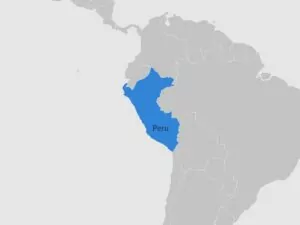
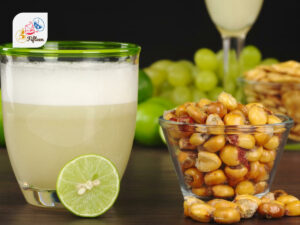
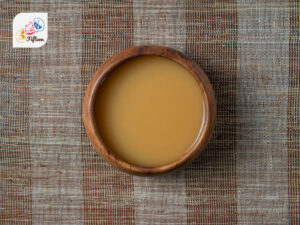
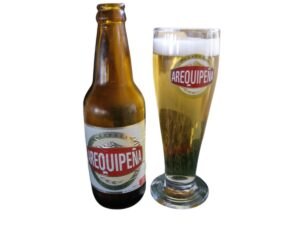
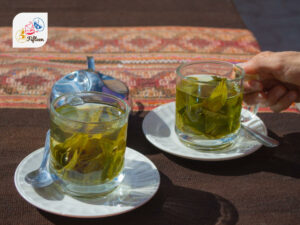
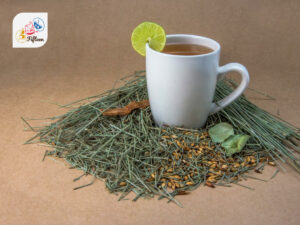
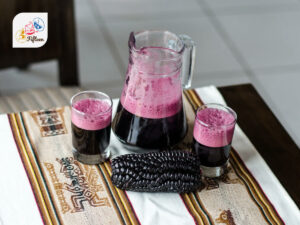
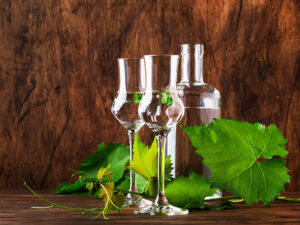
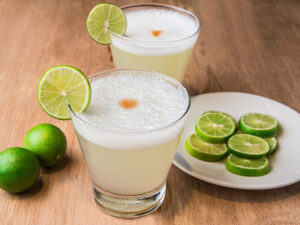
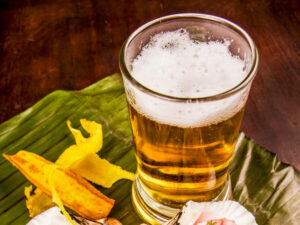
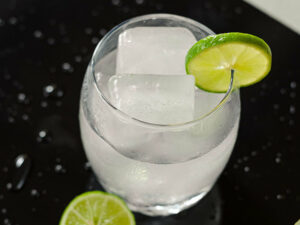
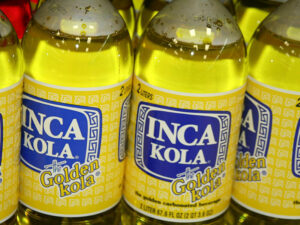
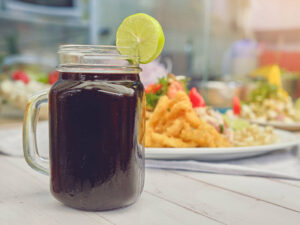
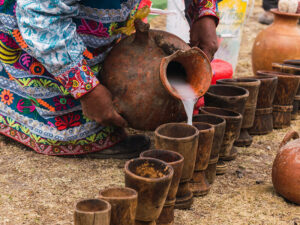
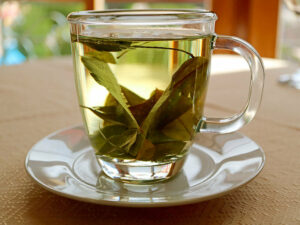
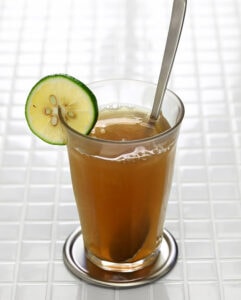
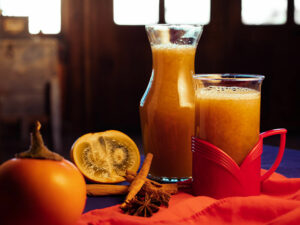
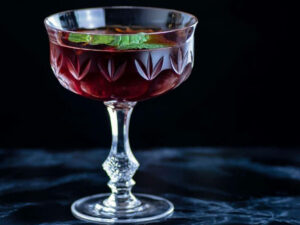
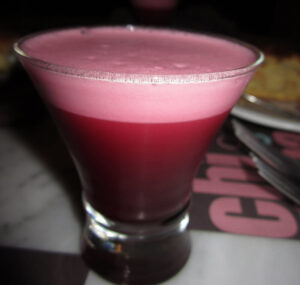
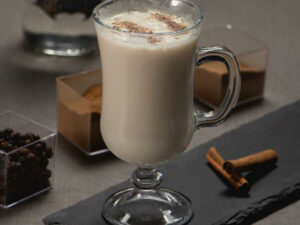
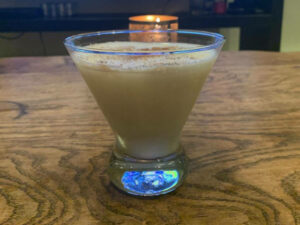
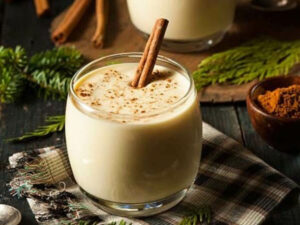
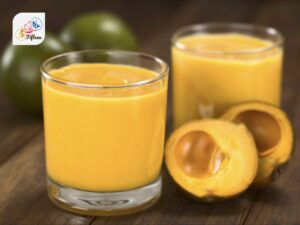
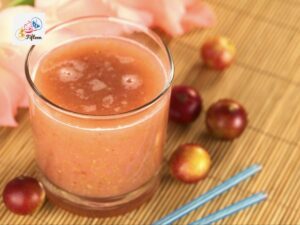
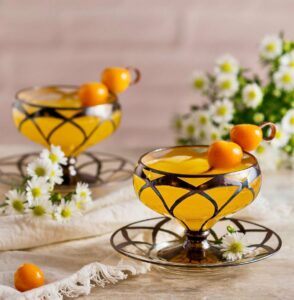
Jamie Scott
Editor in Chief, Senior Content Writer
Expertise
Home Cooking, Meal Planning, Recipe Development, Baking and Pastry, Food Editor, Cooking-video Maker, Western Food Evaluation Expert
Education
Le Cordon Bleu College of Culinary Arts
Local Community College, New York, NY
Jamie Scott is a skilled culinary expert and content creator specializing in Western cuisine. With over 15 years in the culinary field and formal training from Le Cordon Bleu, Paris, Jamie deeply understands how to blend nutrition with delicious flavors. His passion for cooking matches his commitment to making healthy eating accessible and enjoyable.
On Fifteen.net, Jamie brings a fresh perspective to classic dishes and beverages, offering readers insightful recipes, cooking tips, and a fresh view on meal planning that emphasizes taste, health, and simplicity.